
It’s hard to believe that the first all-Google phones are now six months old. The launch of the Pixel 6 Pro was an exciting time but the interim period has not been quite so kind to Google’s latest flagship. Let’s examine just how well it has aged and if things have improved.
The hype surrounding the Pixel 6 and 6 Pro launch was pretty immense and so it was always going to be tough for Google to sate a rabid Android fanbase. In almost all areas, the Pixel 6 Pro succeeded in setting a marker for future Made by Google smartphones but there is always room for improvement.
Video — Pixel 6 Pro long term review
Thanks to Casetify for sponsoring 9to5Google on YouTube!
Design and hardware

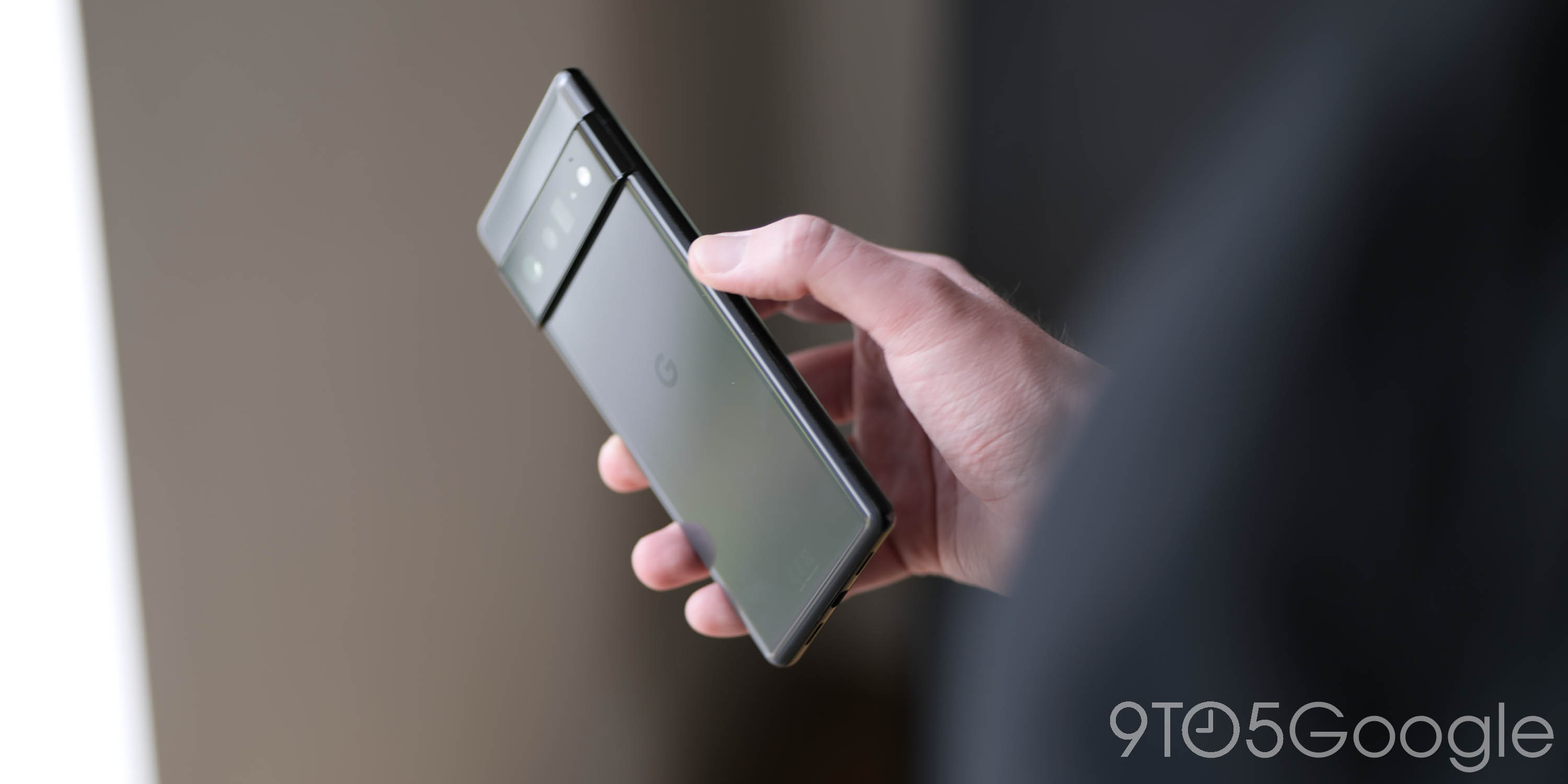
While the design of the Pixel series has been fairly distinct, the Pixel 6 series is among the most unique in recent years. Combining the fan-favorite Panda Pixel 2 XL with the Nexus 6P visor has been a sure-fire winner in our book. More importantly, the large camera bar acts as the pillar by which every other area of the Pixel 6 Pro is held together.
It’s easy to complain about staid smartphone designs but the Pixel 6 and 6 Pro stand out in a crowded marketplace. If you’re nitpicking, it’s something that couldn’t always be said of recent Made by Google smartphones more muted visual elements. Having an instantly noticeable design is something that certainly helps with brand and product awareness and you can’t blame Google for that given the lukewarm sales figures in recent years.
One minor frustration is the move to a fully curved aesthetic front and back. We often hear complaints about the lack of high-end phones with flat screens and while the curves are well managed by the Pixel 6 Pro, they are still susceptible to the problems that screen curvatures bring. At least the regular Pixel 6 offers a solution in that regard.
Build quality is good, but there are still a few rough edges here and there. The Pixel 6 Pro feels great but the seams between the backplate and the chassis are noticeable in the hand. It’s not to the detriment of the design but it’s something that I still instantly feel when using the phone without a case. I certainly feel like I’m complaining just for the sake of it, but with the best phones in the business, these tiny details are not often missed. I have high hopes for the Pixel 7 series quality control as build issues seem minor on the Pixel 6 series even after extended use and abuse.
One regular frustration and something to be aware of is that the screen can feel somewhat hollow with heavy taps and touches. I hadn’t actually noticed until it was pointed out but there is a distinct feel here that is hard to stop noticing once you do. Does it detrimentally affect the experience? Not at all if you find a good screen protector. Sadly, finding one has been troublesome but I have recently settled with the slightly overpriced Whitestone Dome Glass which has helped deflect some scuffs away from the actual screen.

The added dimensions feel far more detrimental to the phone, which is a beast even among the very largest Android phones on the market today. You may find yourself constantly shuffling your grip to use the Pixel 6 Pro, but if you want the most screen real estate on a Pixel to date, it’s an epic experience. Annoyingly you still can’t tune down the QHD+ display to FHD+, which would likely be a great option to help boost battery longevity.
Despite that gripe, every bit of content from web pages to video looks sharp, crisp, detailed and slick when you force enable the 120Hz refresh rate. While Samsung still leads the smartphone display charts, the Pixel 6 Pro certainly comes close to the upper echelons of Android and I love coming back to the screen here for the tuning and added sharpness.
I’m a fan of the speakers but sometimes at the low-end you get some muddiness and clipping but, weirdly, when making hands-free calls it’s just fine with no issues. It’s high time we had a return to the excellent front-facing speakers of the Pixel 2 XL but for now, the earpiece and bottom-firing setup is still pretty solid.
I’ve also found that tuning down the haptic strength is worthwhile for the best vibration-based experience. Out of the box, the settings make taps and UI interactions feel very “buzzy” and hollow. A minor adjustment here makes a world of difference.
Software and performance
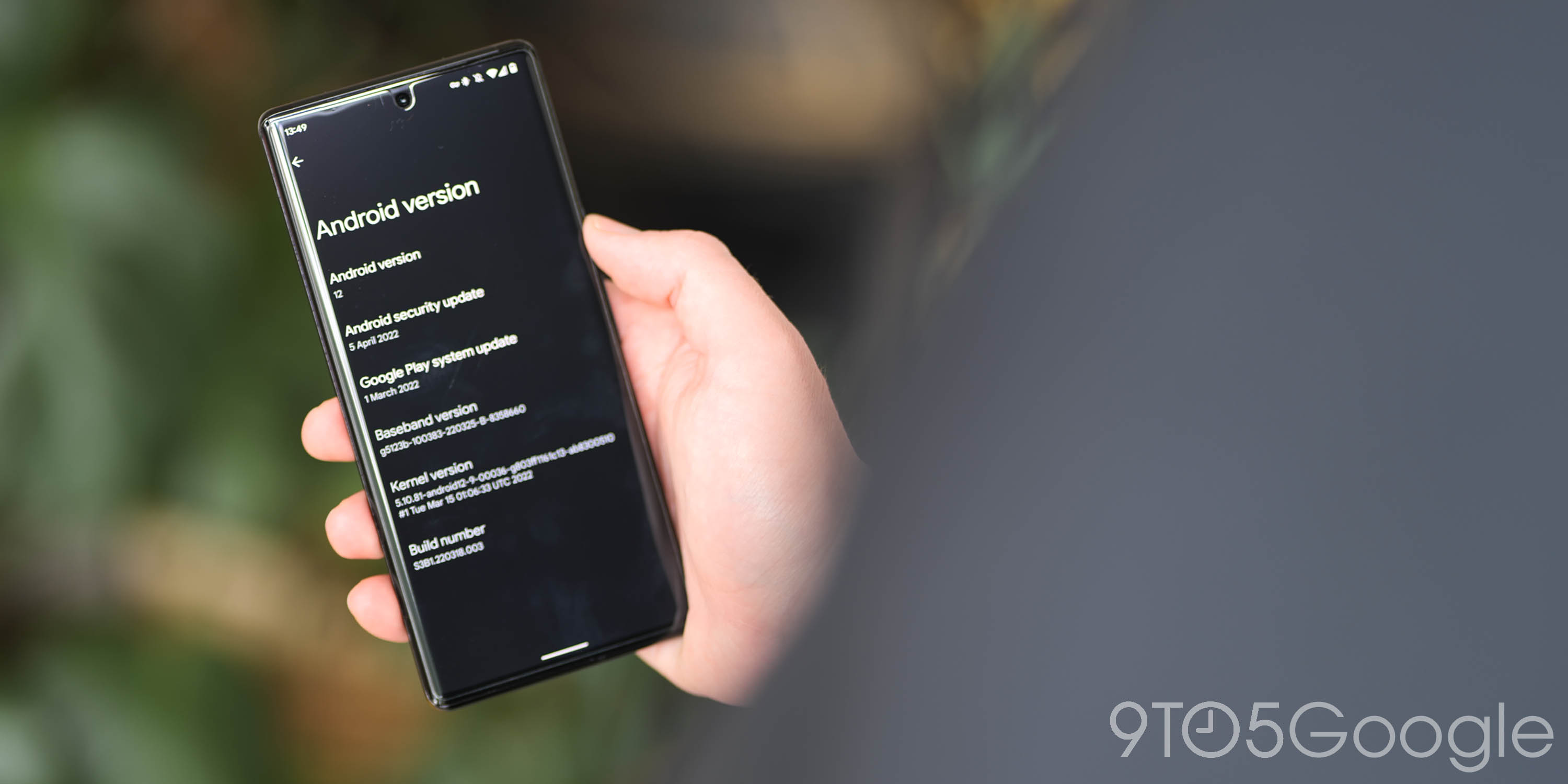

I mentioned before the release of the Pixel 6 and Pixel 6 Pro that the first-generation Tensor chip did not need to be at the top of the performance charts — and I still stand by that. In my time switching between the regular 6 and 6 Pro, I have yet to see a major hiccup, slowdown or performance-related problem. That doesn’t mean that bugs are not affecting owners and recent buyers, and we’re sure that to some out there it kind of feels like a bit of a lottery at times.
Thankfully, the problems appear to be diminishing with each such update for most people. Although I must admit that some UI artefacts still crop up when the battery dips below the 15% threshold on my own retail unit which is running the latest Android 12 QPR Beta 3 build.
Running preview or beta software should never be a solution for update issues and in recent months Google has started to tackle the most prominent problems and Android 12L feels far more “complete” than Android 12 did upon release. There was not much excuse for the bodged update rollouts in recent months and while we’re not quite out of the woods with regards to update delays but it seems that Google now has a grasp over this. I’m also hopeful this will continue to improve with each passing month.
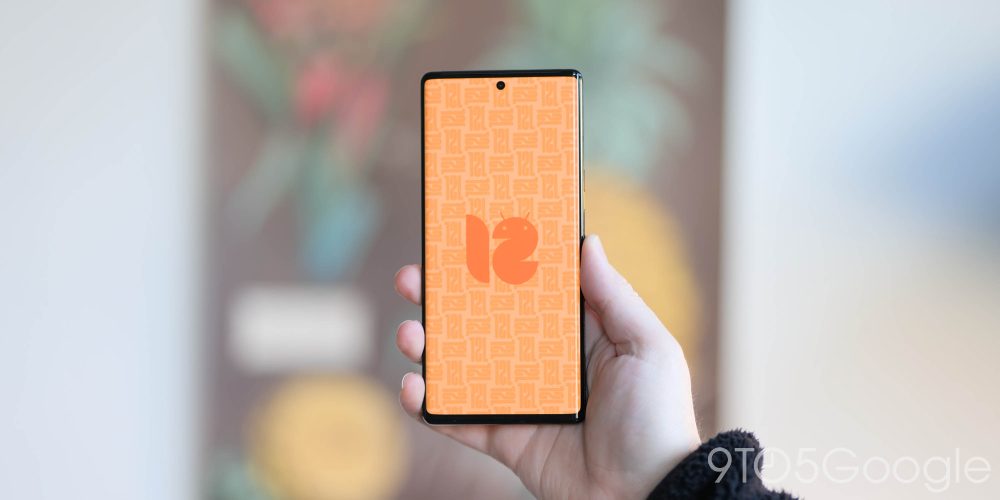
One other important notable is that 120Hz feels right at home and it’s clear that Google’s vision of Android was made for such a refresh rate with little touches that heighten the smooth appeal of the cleanest version of the OS on the market.
Material You is right at home with the new hardware and is the perfect accompaniment to the rebirth of the Pixel series moving forward. It’s not perfect by any means, as I initially hated some of the oversized bubbly UI elements like the Quick Settings toggles. I’m still not completely sold on that particular change but my frustration is less pronounced having spent a healthy amount of time with various guises of Android 12. We’d love to see the return of more customization options from Android 11 when Android 13 eventually arrives later this year.
Fingerprint scanner woes are something that still persists for some Pixel 6 Pro owners. The in-display optical scanner has been a major bone of contention and rightfully so. At launch, the reliability was questionable at best and the unlock speed was far below that of competitor handsets. This is another area that hasn’t quite been resolved but improved substantially with updates and software improvements. For what it’s worth I have had zero issues with the Pixel 6 Pro fingerprint scanner and, it now unlocks faster than in late-2021. Registering your digits multiple times does help improve this finicky scanner in my experience.
The Tensor chip certainly does not feel a major step behind the latest Qualcomm Snapdragon 8 Gen 1. It’s only when gaming that I have spotted a few lower framerates compared to other top tier phones but I’d be lying if this detrimentally damages the Pixel 6 Pro experience. I would say do not worry about synthetic benchmark scores. A scoreboard figure can never account for real-world experience and the nuance of trying a system for yourself.
Plus, it’s in other areas that Tensor gets to flex its muscles. The processing times for photos are vastly improved and the I love just how accurate Google Assistant voice typing is when using Gboard. I always feel I need to use the feature more given how impressive it can be as someone with a regional English accent.
Even with 128GB of base storage, which is going to be adequate for most people, I am starting to regret not opting for at least 256GB. App sizes are increasing year-over-year and when you’re taking tons of photos and videos at 4K resolution, you can quickly blaze past 100GB. Offloading photos and videos to Google Photos has become a regular process but a little extra headroom would have been nice — at least in my case.
Camera
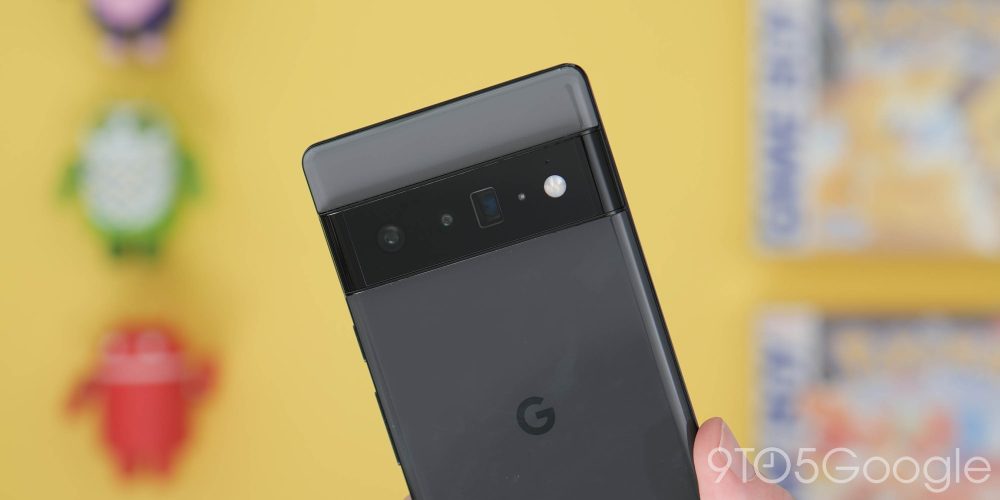
It’s impossible to talk about the Pixel 6 Pro and not laud the upgraded camera setup. Finally, there is no compromise with three distinct focal lengths to sink your teeth into. While the Pixel 5 still sought to bleed every drop from the Sony IMX363 sensor, switching to a larger 50-megapixel Samsung ISOCELL GN1 was a masterstroke.
By combining this massive sensor with Google’s computational photo prowess and re-introducing Pixel Neural Core for on-device processing, the Pixel 6 Pro cements itself among the elite smartphone shooters. That’s before you add in the excellent 4x periscope zoom lens and fairly solid 12-megapixel ultrawide. When zooming in, you’ll get sharp, detailed photos up to around the 10x mark but photos are more than usable and, frankly, fun at up to 20x.
It’s here where such a zoom lens really showcases to me why it’s an essential over an ultrawide. Cropping into scenes to unveil and uncover little intricate details you’d ordinarily not be able to spot or notice never ceases to amaze me. Now that the Pixel series is fully onboard with extended zoom capabilities and you gain the trademark Google processing, it’s a triumph.
Another bonus of the larger sensor is that you don’t often need to use the dedicated Portrait mode quite as often. Because the sensor is larger, the natural focus fall-off is far better. Sometimes using the telephoto to crop in means you get better portrait-style photos without needing to add fake bokeh effects.
On some occasions, I have spotted some image oversharpening, which could be a remnant from the processing methods used with the lower resolution IMX363 sensor found on older Pixels. However, this is incredibly rare and, in all honesty, It would be hard for me to point out a single image in my Google Photos library that I am not happy with.
Versatility is something you expect from the best Android smartphones and you certainly have lots of camera options at your fingertips. The new in-camera modes such as Motion Mode, Long Exposure, and Face Unlur help neatly tie up the package but its high time Google added a dedicated Pro Mode to the Pixel series. Not being able to use the full 50-megapixel sensor is a bit frustrating albeit possible with some third-party apps.
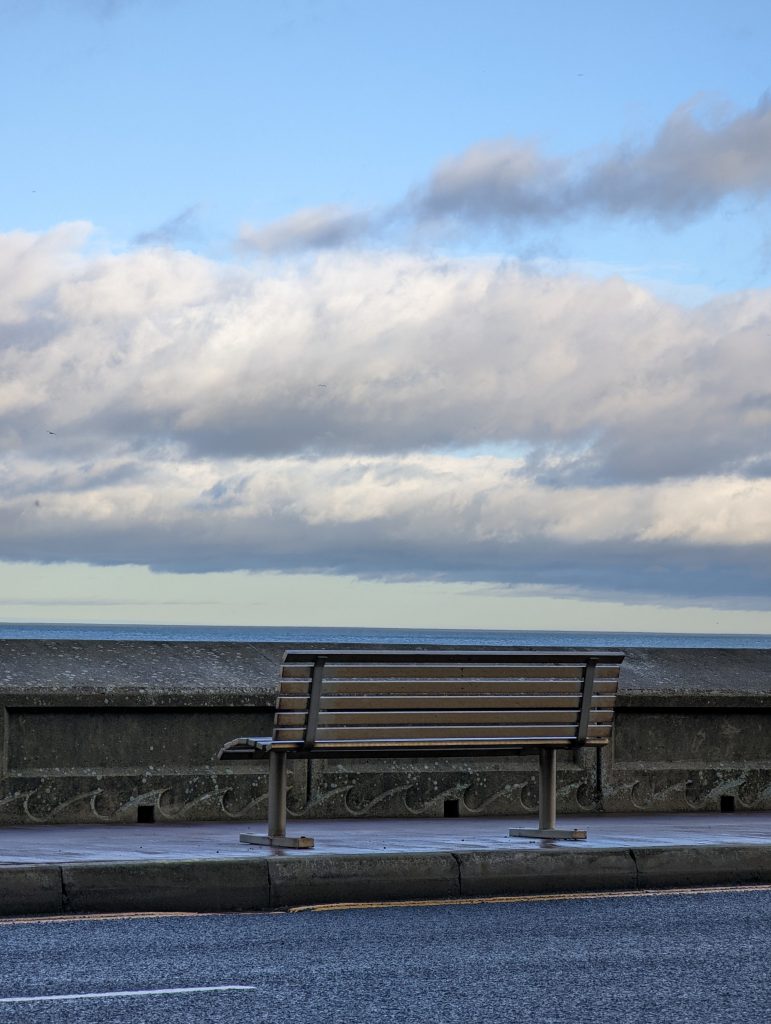

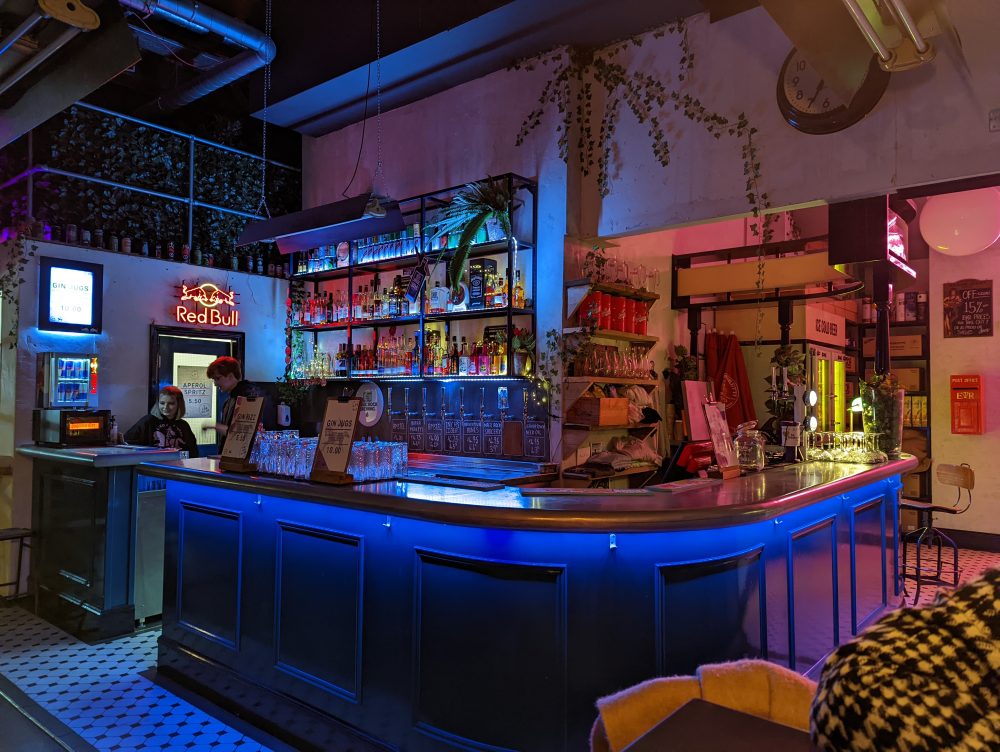

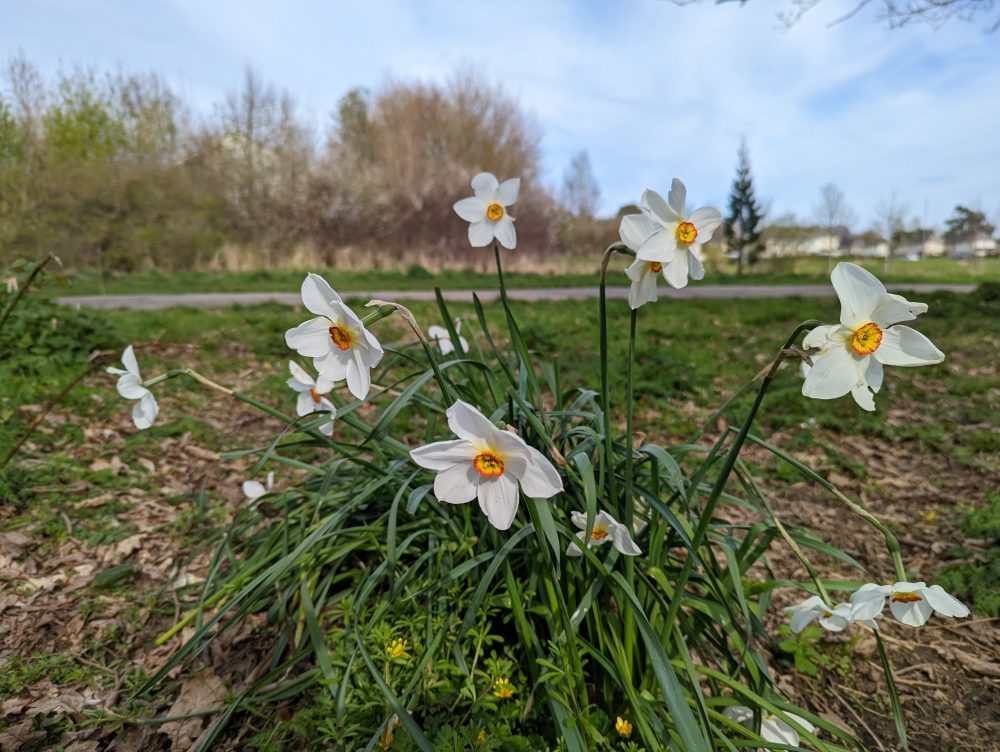


Google has made a conscious effort to improve skin tone reproduction and although my skin complexion is very pasty, I find that when I’m using the Pixel 6 Pro camera I’m confident that everyone will be happy with the end result. It’s great to see Google address the complexities of skin tone and ensure that the Pixel 6 Pro camera works for everyone that will use it. There’s the added bonus of what is simply the best motion detection of any smartphone camera. It makes taking quick snaps an absolute delight when you see something or someone preserved in stasis.
It’s not just stills photography where the Pixel 6 Pro offers upgrades. There has been a major step up in the video quality that is immediately noticeable. The combination of the bigger sensor and Live HDR+ mode means even better videos at up to 4K 60fps. In tandem with the already impressive Locked, Active and Cinematic Pan modes, it’s a recipe for video excellence.
Video stabilization is excellent too, even when zooming into subjects. Audio zoom also helps isolate your subject and ensures an extra layer of clarity for any of your recordings. It’s great to see more time and effort being allotted to the video modes on Pixel devices, which are have often felt very stills-focused.
Battery
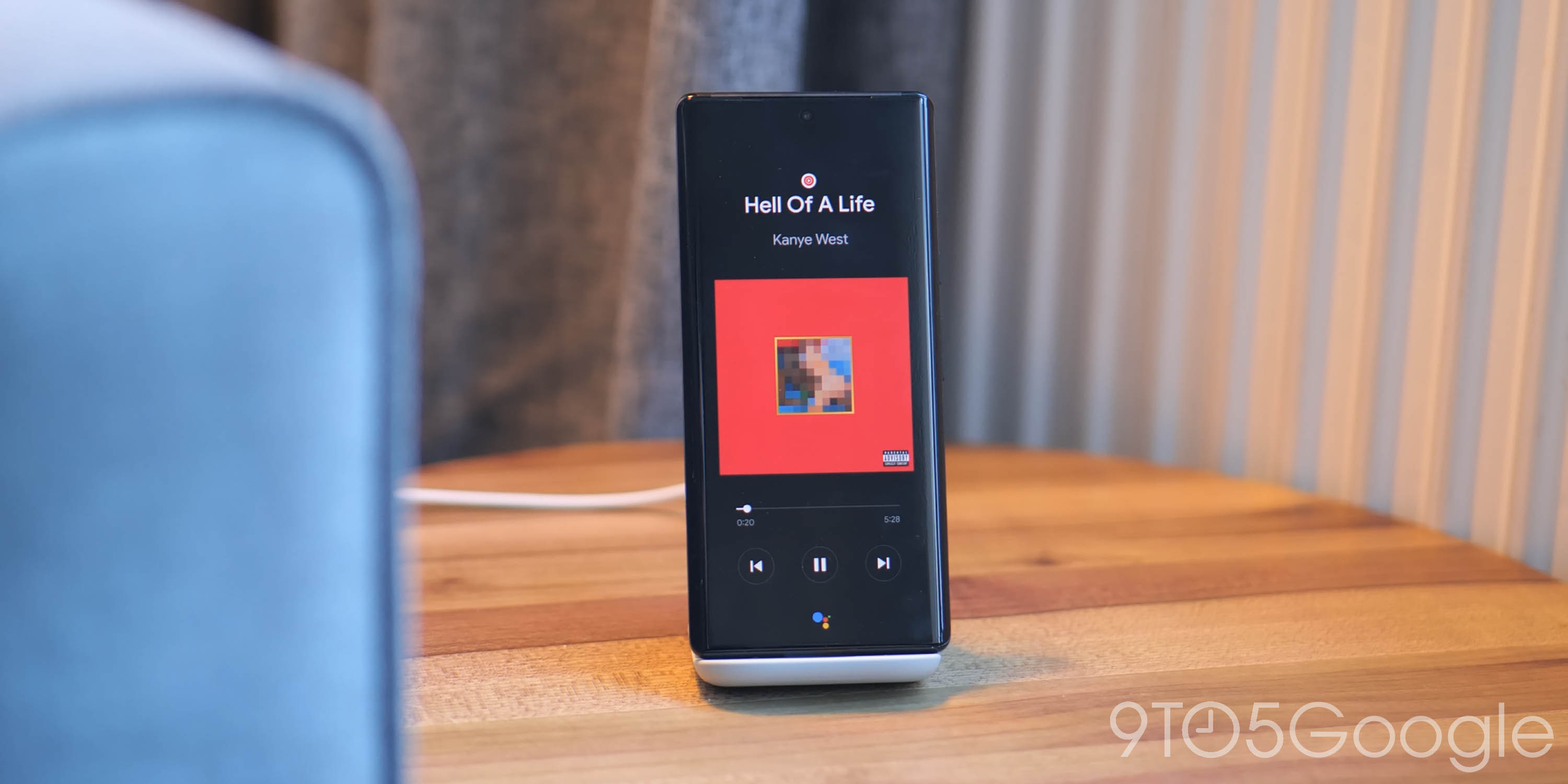

In recent years, Pixel battery longevity has been fraught with issues. Lifespans from device to device could vary wildly and at least until the Pixel 5, it could feel like a game of chance as to how long your smartphone might last on any given day. It could be that Google’s software-driven smartphone approach was the likely culprit for much of the longevity conundrums. There is only so much you can do with a less-than-average internal cell, but thankfully, with the new processor and a chunky 5,000mAh battery tucked inside, the Pixel 6 Pro is an all-day performer.
Sure, it doesn’t quite hit the heights of some other flagship phones but it’s in or around the 6-7 hours of screen on time in my experience on most days. The recent Android 12 QPR Beta 3 has helped with battery lifespan, which was already fairly solid given that my usage patterns are modest at best. I’m kind of impressed given that the display is stuck at QHD+ resolution too. I’m salivating at the prospect of Google adding a toggle to lower the resolution, as I’m almost certain this could give you even greater longevity. Please Google, at least add a setting within Developer options for those of use that want it.
As with just about any modern smartphone, once you start to push the Pixel 6 Pro, you can drain it quickly. The usual culprits such as heavy GPS usage and video recording or streaming can cause the lifespan to drop dramatically. This isn’t unexpected but the fact that charge speeds are capped at 23W even though there is an optional 30W charger available feels a tad insulting.
With such a large internal battery, it takes a long time to go from 0 to 100% with what is slower charging than the competition. My own charging habits have changed as a result. Instead of charging first thing in the morning, I tend to place the Pixel 6 Pro on the Pixel Stand in brief sessions throughout each day. This means I rarely worry about having to wait hours to top up and helps to mitigate any major wear and tear from overcharging.
I’m obligated to say that your battery experience may vary wildly from my own. However, the Adaptive Battery settings mean that I’m seeing better lifespans the longer I have used the Pixel 6 Pro — which is something to be aware of.
Final thoughts

Google’s big gamble on Tensor has paid off in some ways, and likely caused problems in others. Update delays are not something Pixel owners are used to and while, somewhat luckily, day one updates haven’t been used in the massive marketing blitz in selected regions, it’s a sore point that has dulled the sheen of what is on paper and in most real-world situations, the best Pixel to date.
With subsequent follow up prospective buyers and fans need to see a tightening of Google’s attention to all details rather than a few select or obvious areas to truly succeed in the smartphone hardware space. Word of mouth is a big deal for a small player in the smartphone space and there are certainly vocal groups that swear by the Pixel series and some that have very valid complaints due to the perceived lack of quality in both hardware and software.
My own retail unit has had almost no issues. Which, according to the internet means that I’m likely in the minority. Without discounting certain owners’ experiences, when things are good, and in most cases they are, the Pixel 6 Pro is still among the very best on Android. It has a superb camera, truly unique design, excellent display, and it’s all tied together with Material You and Android 12.
Just like when it was launched, the biggest sore point is the existence of the Pixel 6. Because while it lacks a few hardware features, for the sake of $300, you’re getting what feels like a more fan-oriented design that comes complete with a flat display, all of the same core internals and software tweaks, but you do miss out on the awesome telephoto zoom lens. I’d wager that for most people that is actually a fair compromise for the sake of the cost savings.
No phone is perfect, and the Pixel 6 Pro certainly is not. That said, there really are not very many flagship smartphones at the same $899 price point that can offer such a comprehensive package. In recent years the asterisks with Pixel phones have been large. This time around these asterisks are smaller and less prominent which still manages to add up to one of the very best Google phones to date.
FTC: We use income earning auto affiliate links. More.


Comments